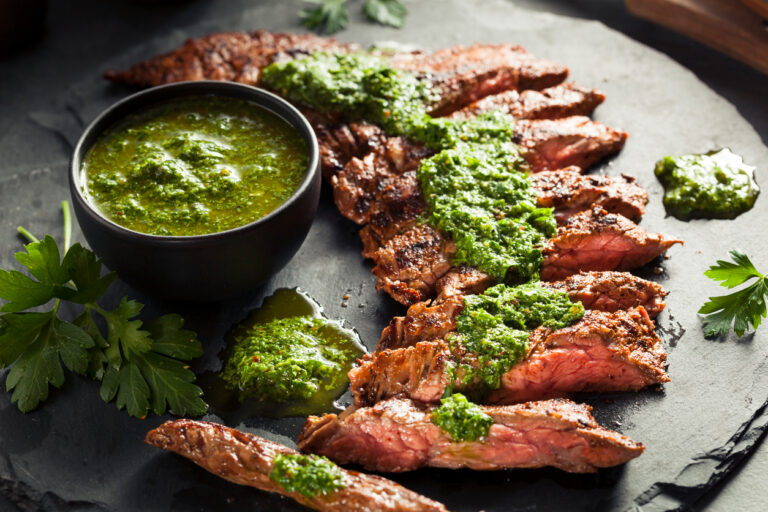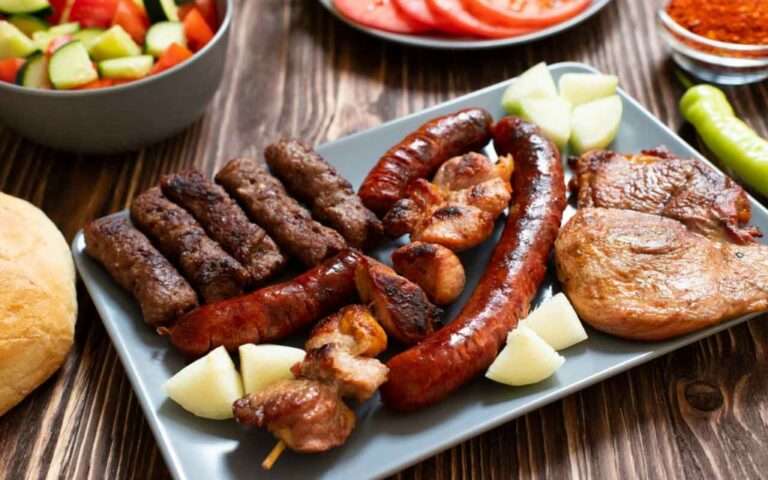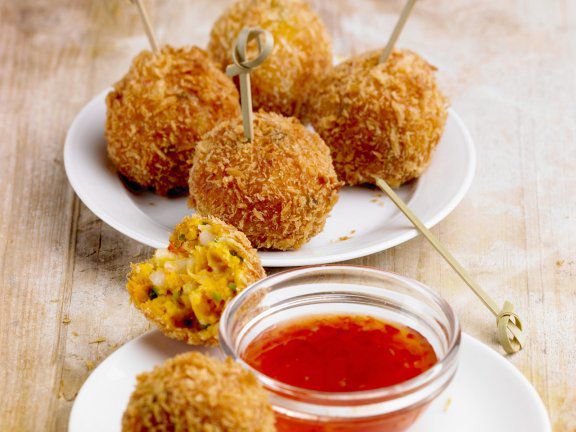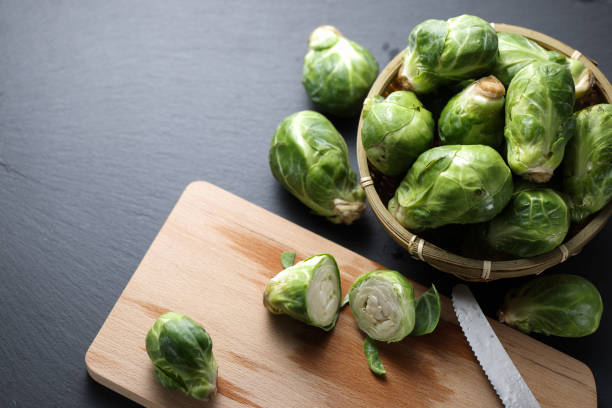Introduction: Antiguan and Barbudan Cuisine
Antigua and Barbuda, a twin-island nation, situated in the eastern Caribbean Sea, has a unique and fascinating culinary culture. The cuisine of Antigua and Barbuda, like most of the Caribbean, is heavily influenced by the region’s history of colonization and slavery. However, the country’s distinct island geography, local ingredients, and cultural traditions have created a cuisine that is distinct from other Caribbean nations.
Historical Influences on Antiguan and Barbudan Cuisine
Antigua and Barbuda’s history of colonization and slavery has played a significant role in shaping the country’s cuisine. The island’s indigenous Taino population was decimated by the arrival of European colonizers, who brought with them enslaved Africans to work on sugar plantations. The influence of these colonial powers and the plantation system can be seen in Antiguan and Barbudan cuisine, which incorporates European, African, and indigenous Caribbean ingredients and cooking techniques.
Ingredients in Antiguan and Barbudan Cuisine
Antiguan and Barbudan cuisine draws inspiration from the islands’ tropical climate, fertile soil, and abundant seafood. Local ingredients such as yams, cassava, plantains, and sweet potatoes form the base of many dishes. Seafood, including red snapper, lobster, and conch, are also staples of the cuisine. Other ingredients such as coconut milk, curry powder, and hot peppers are commonly used to add flavor and spice to dishes.
Unique Flavors in Antiguan and Barbudan Cuisine
One of the defining features of Antiguan and Barbudan cuisine is its unique blend of sweet and savory flavors. Dishes often combine sweet fruits, such as mango and pineapple, with savory meats and spices, creating a delicious balance of flavors. The use of coconut milk in many dishes also adds a creamy sweetness to the cuisine. The use of hot peppers and spices such as ginger and allspice also adds heat and depth to the flavors.
Popular Dishes in Antiguan and Barbudan Cuisine
Some of the most popular dishes in Antiguan and Barbudan cuisine include saltfish and ackee, a traditional breakfast dish, goat water, a hearty stew made with goat meat, and pepperpot, a rich meat stew made with okra and spices. Other notable dishes include conch fritters, ducana, a sweet dessert made with grated sweet potato, coconut, and spices, and cassava bread, a staple of the Antiguan and Barbudan diet.
Dining Culture in Antigua and Barbuda
Antiguan and Barbudan dining culture is centered around communal meals and hospitality. Family and friends often gather to share meals, and local restaurants and beachside vendors offer a variety of street food and seafood dishes. The country’s culinary culture is also celebrated during festivals such as the Antigua Barbuda Food and Drink Festival, which showcases the best of the island’s cuisine.
Comparison with Other Caribbean Cuisines
While Antiguan and Barbudan cuisine shares some similarities with other Caribbean cuisines, it also has unique features that set it apart. The cuisine’s use of sweet and savory flavors, local ingredients, and seafood dishes distinguish it from other Caribbean nations. The influence of the island’s indigenous population, European colonizers, and African slaves has also contributed to a culinary culture that is distinct from other Caribbean nations.
Conclusion: Diversity of Caribbean Cuisines
Antiguan and Barbudan cuisine is an intricate and fascinating reflection of the island’s history, geography, and cultural traditions. While it shares some similarities with other Caribbean cuisines, it also has unique features that set it apart. The diversity of Caribbean cuisine is part of what makes the region so fascinating, with each nation offering its own distinct flavors, ingredients, and culinary traditions. Antiguan and Barbudan cuisine is a testament to the richness and diversity of Caribbean culinary culture.















